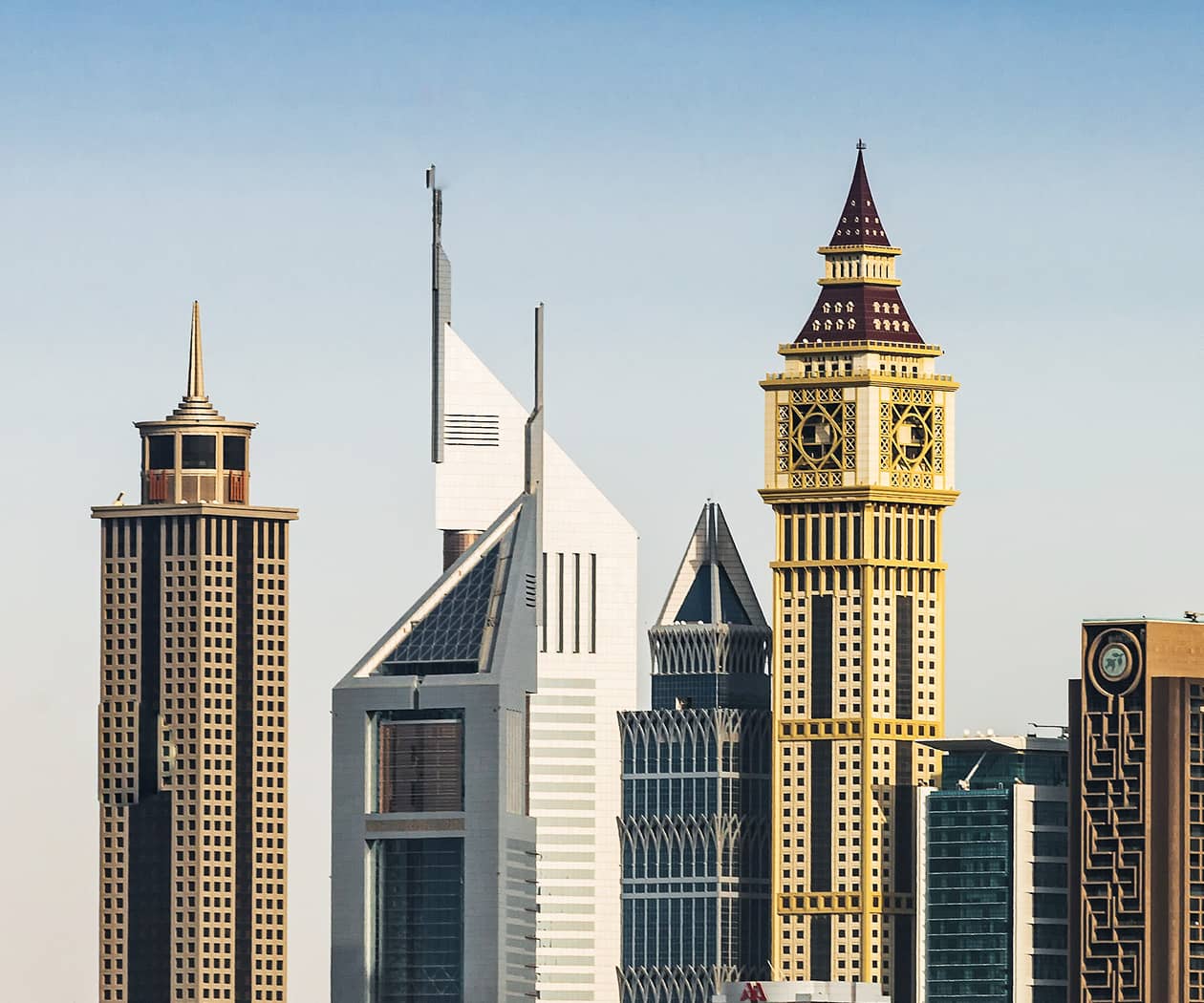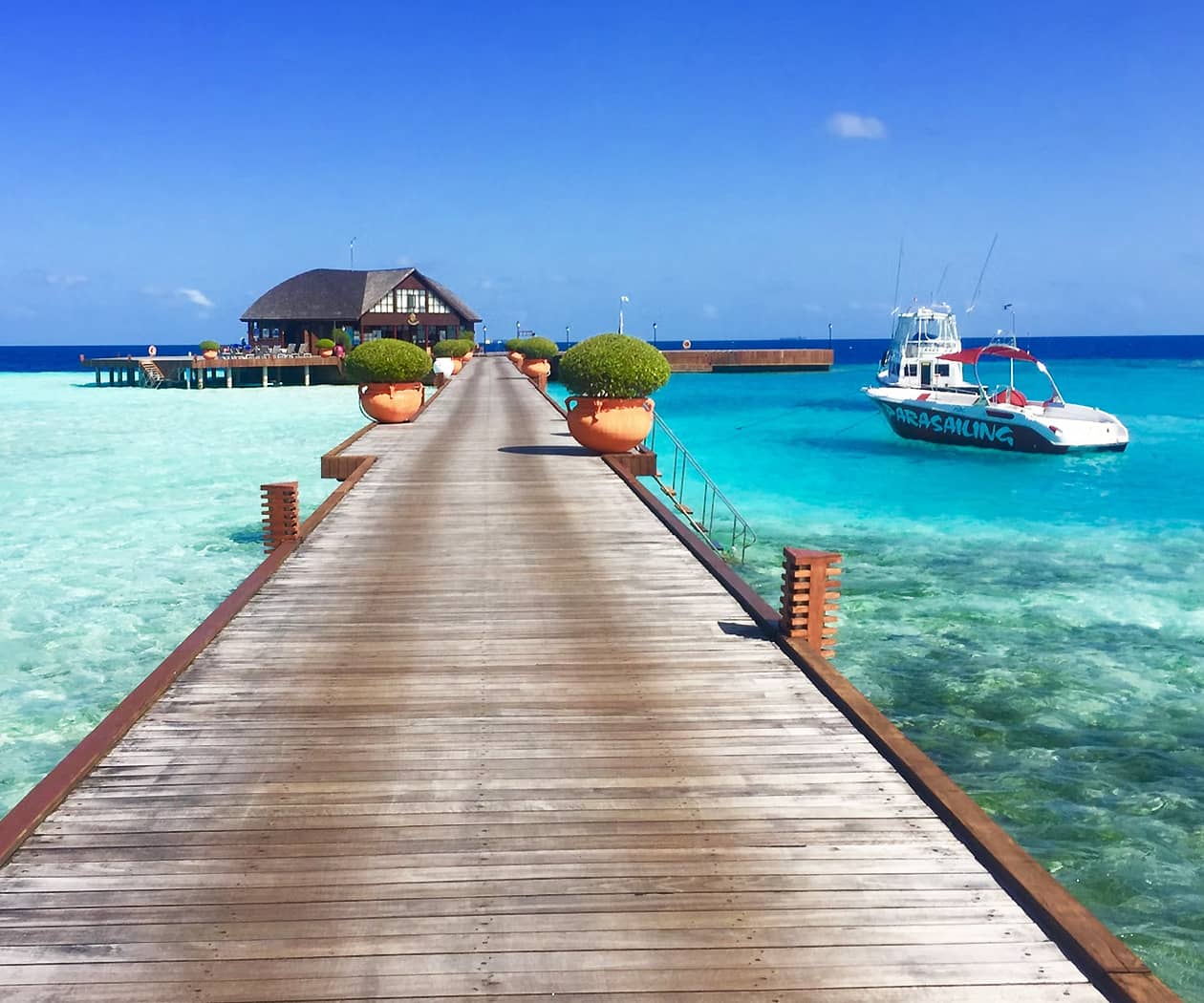🥊 The Ultimate Guide to Muay Thai Camps in Thailand (2025 Edition)
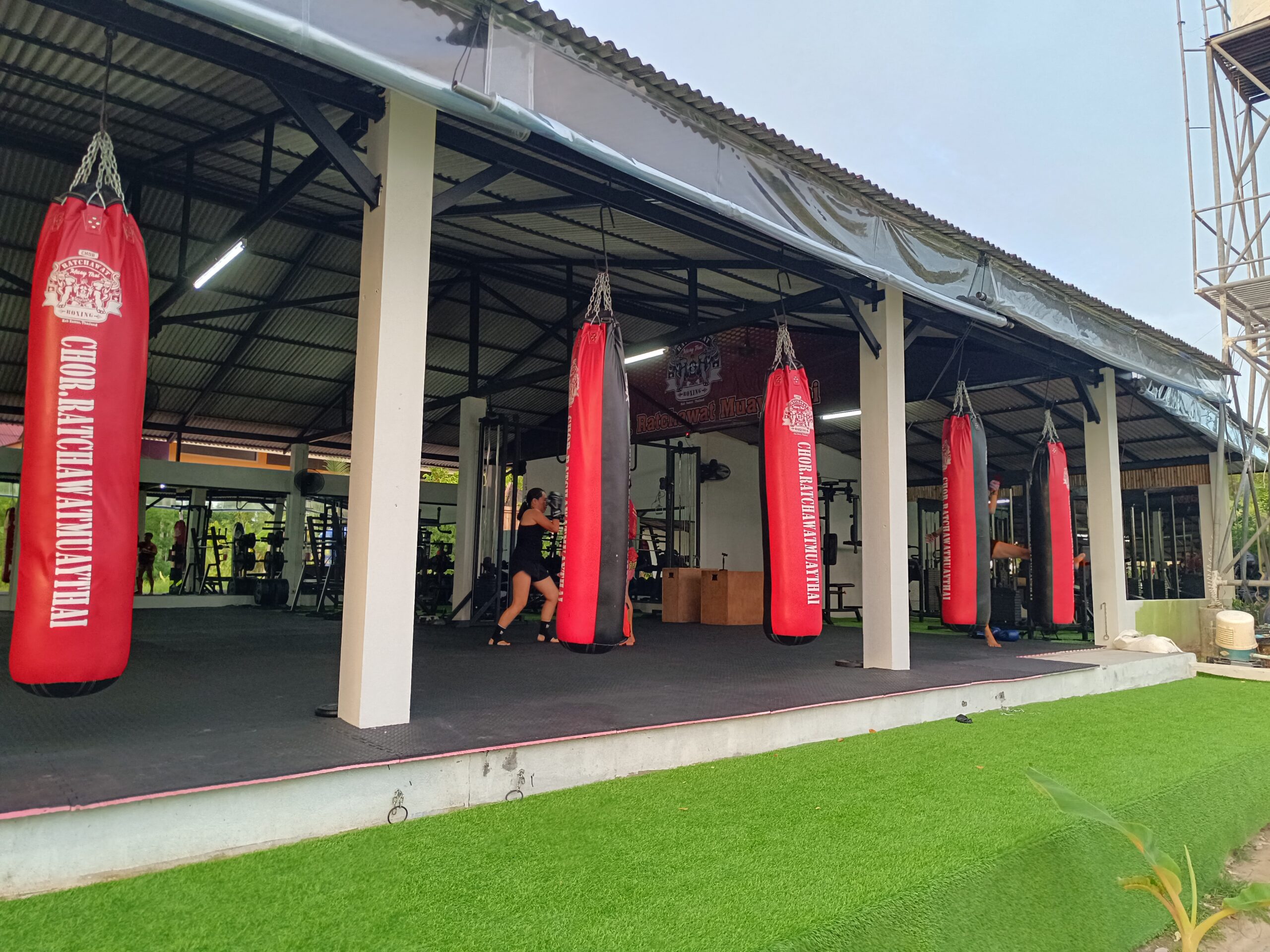
he Ultimate Guide to Muay Thai Camps in Thailand (2025 Edition)
-
Introduction
-
The History and Culture of Muay Thai
-
Why Choose a Muay Thai Camp in Thailand
-
Best Destinations for Muay Thai Training
-
Bangkok
-
Phuket
-
Chiang Mai
-
Koh Samui
-
Isaan
-
-
Top 10 Muay Thai Camps in Thailand (2025 Edition)
-
How Much Does a Muay Thai Camp Cost?
-
Preparing for Your Trip to Thailand
-
Daily Life in a Muay Thai Camp
-
Tips for Choosing the Right Camp
-
Conclusion
🥊 Introduction
Muay Thai, the “Art of Eight Limbs,” is the national sport of Thailand and one of the fastest-growing martial arts worldwide. More than just fighting, Muay Thai represents Thai history, culture, and spirit. Every year, thousands of travelers head to Thailand not only for its beaches and temples but also to experience authentic Muay Thai training in the sport’s birthplace.
Training in Thailand is unlike anywhere else. Camps are led by former champions and experienced coaches who maintain tradition while embracing modern training methods. Whether you are a beginner looking for fitness and discipline, or a professional fighter preparing for competition, Thailand has a camp for you.
In this Ultimate Guide to Muay Thai Camps in Thailand (2025 Edition), we will explore:
-
The history and cultural importance of Muay Thai.
-
The best destinations to train.
-
The Top 10 Muay Thai camps in Thailand, including hidden gems like Chor Ratchawat in Koh Samui.
-
Costs, preparation tips, and daily camp life.
This guide will help you choose the right camp for your goals, so you can train, travel, and live the true Muay Thai experience in Thailand.
🥊 2) The History and Culture of Muay Thai
Muay Thai, often called the “Art of Eight Limbs,” is one of the oldest and most respected martial arts in the world. Its origins go back several centuries, deeply rooted in Thailand’s history, culture, and way of life. Unlike Western boxing, which relies on fists, Muay Thai uses punches, kicks, elbows, and knees — making it one of the most complete striking systems.
📜 Origins of Muay Thai
The roots of Muay Thai can be traced to Muay Boran, the traditional form of Thai combat used by warriors on the battlefield. Over time, as Thailand unified as a nation, Muay Boran evolved into a structured martial art practiced not only for war but also for sport, discipline, and self-defense. In the 18th and 19th centuries, matches were often fought bare-knuckle, sometimes wrapped with rope, and became a popular form of entertainment during festivals.
🇹🇭 Muay Thai and Thai Culture
Muay Thai is not just a sport — it is a cultural treasure. Every fight begins with the Wai Kru Ram Muay, a ceremonial dance performed by fighters to pay respect to their teachers, ancestors, and the spirit of Muay Thai. Traditional Thai music, played live with drums and flutes, accompanies the fights, creating an atmosphere that blends spirituality with intensity.
For many Thai fighters, Muay Thai is a way to support their families and escape poverty. Training often starts at a very young age, with children entering camps at 6 or 7 years old. Fighting becomes a profession, a source of pride, and a way to represent their local community.
🌍 Muay Thai Today
In the 20th century, Muay Thai modernized with the introduction of boxing gloves, weight classes, and official stadiums like Lumpinee and Rajadamnern in Bangkok. These legendary arenas are still considered the mecca of Muay Thai, where champions are born.
Today, Muay Thai is practiced worldwide, from Europe to the United States, but Thailand remains the ultimate destination for authentic training. Modern Muay Thai camps welcome not only Thai fighters but also thousands of foreigners who come to experience the tradition, discipline, and culture of the sport.
✅ Why This Matters for Your Trip
Understanding the history and culture of Muay Thai is essential before joining a camp in Thailand. It helps you appreciate the rituals, respect the traditions, and connect more deeply with the trainers and fighters you will meet. Training is not just about fitness or fighting — it is about living a part of Thai culture.
🥊 3) Why Choose a Muay Thai Camp in Thailand
Every year, thousands of people travel to Thailand with one main goal: to train in Muay Thai where it was born. While you can now find Muay Thai gyms all over the world, nothing compares to the experience of training in Thailand itself.
🌏 Authenticity and Tradition
In Thailand, Muay Thai is not just another martial art — it is part of the national identity. Training in a local camp means you learn directly from Thai coaches, many of whom are former champions with decades of experience. From the way classes are structured to the rituals performed before fights, you will be immersed in the authentic culture of Muay Thai.
🥋 High-Level Coaching for All Levels
Whether you are a beginner who has never thrown a kick, or a professional fighter preparing for competition, Thailand has a camp that suits your level. Many gyms offer tiered classes, so you can train alongside people with similar skills and goals. Beginners will find patient coaches and a strong focus on technique, while advanced fighters can expect grueling sparring sessions and fight preparation.
💪 Intensity and Discipline
A typical training schedule in Thailand includes two sessions per day, six days a week. This intensity pushes you to your limits, helping you quickly improve your fitness, strength, and fighting skills. Living in a camp also creates a structured environment where discipline and focus become part of your daily life.
🏝 The Perfect Mix of Training and Lifestyle
Thailand offers more than just hard training. Depending on where you go, you can balance your workouts with beautiful beaches, cultural landmarks, or mountain landscapes. Camps in Koh Samui and Phuket allow you to combine Muay Thai with island life, while Chiang Mai offers a calmer, more spiritual setting in the north.
🤝 A Global Community
Muay Thai camps in Thailand attract people from all over the world — fighters, athletes, and travelers with the same passion. You will meet training partners from Europe, America, Asia, and beyond, creating friendships that last a lifetime. This international community makes the experience richer and more motivating.
👉 Training Muay Thai in Thailand is not just about fitness or fighting. It’s about living a cultural experience, challenging yourself, and discovering the spirit of Thai martial arts in their original environment.
🥊 4) Best Destinations for Muay Thai Training
Thailand is a diverse country with camps spread across bustling cities, quiet mountains, and tropical islands. Each region offers a different training environment and lifestyle. Choosing the right destination is just as important as choosing the right camp.
🏙 Bangkok – The Heart of Muay Thai
Bangkok is the capital and the beating heart of Muay Thai. Home to legendary stadiums like Lumpinee and Rajadamnern, the city is full of traditional gyms where fighters train to compete at the highest level.
-
Best for: Serious fighters and those who want to experience authentic Muay Thai culture.
-
Advantages: Access to top trainers, fight nights almost every day, and immersion in Thai city life.
-
Popular gyms: Sasiprapa Gym, Khongsittha Muay Thai.
🏝 Phuket – Training + Tourism
Phuket has become the most popular destination for foreigners seeking Muay Thai training. It offers a mix of professional gyms and a lively tourist scene with beaches, nightlife, and international restaurants.
-
Best for: Beginners, fitness enthusiasts, and fighters who want training with a holiday atmosphere.
-
Advantages: Large gyms with world-class facilities, English-speaking coaches, and plenty of accommodation options.
-
Popular gyms: Tiger Muay Thai, AKA Thailand, Sinbi Muay Thai.
🌄 Chiang Mai – Calm and Culture
Located in northern Thailand, Chiang Mai is surrounded by mountains, temples, and nature. The atmosphere here is more relaxed compared to Bangkok or Phuket. Training is often focused on technique and discipline in smaller, family-style gyms.
-
Best for: Those seeking a quieter, more cultural experience while still training hard.
-
Advantages: Affordable living, traditional Thai culture, and a slower pace of life.
-
Popular gyms: Lanna Muay Thai, Santai Muay Thai, Por Silaphai.
🌴 Koh Samui – Train in Paradise
Koh Samui is a tropical island famous for its beaches and relaxed atmosphere. Training here offers the perfect balance between serious Muay Thai and island lifestyle. Many gyms include accommodation packages and are located close to the beach.
-
Best for: Travelers who want to combine training with relaxation.
-
Advantages: Beautiful setting, good mix of beginners and advanced fighters, strong community feel.
-
Popular gyms: Chor Ratchawat Gym https://fightandtravel.com/koh-samui-training-camp/ , Superpro Samui.
🌾 Isaan – The Authentic Countryside
Isaan, the northeastern region of Thailand, is far less touristy than the islands or Bangkok. Camps here focus on producing Thai champions and offer a raw, authentic experience.
-
Best for: Hardcore practitioners who want to immerse themselves in the traditional Muay Thai lifestyle.
-
Advantages: True authenticity, fewer tourists, and intense training culture.
-
Popular gyms: Smaller local camps, often with limited English but very welcoming.
👉 Whether you want to train in a big modern facility in Phuket, a quiet cultural retreat in Chiang Mai, or a beachside camp in Koh Samui, Thailand has the perfect destination for every type of traveler and fighter.
🥊 5) Top 10 Muay Thai Camps in Thailand (2025 Edition)
With hundreds of gyms across the country, choosing the right Muay Thai camp can feel overwhelming. To help you decide, here’s our updated list of the Top 10 Muay Thai Training Camps in Thailand for 2025 — a mix of world-famous gyms and hidden gems, suitable for beginners, fitness enthusiasts, and professional fighters alike.
1. Tiger Muay Thai – Phuket
Tiger Muay Thai is the most famous Muay Thai camp in Thailand, known worldwide. It offers everything from beginner classes to professional fight preparation, plus MMA, BJJ, and fitness programs. The facilities are huge, and the gym attracts UFC fighters, tourists, and serious athletes alike.
-
Best for: Those who want a complete training experience with modern facilities.
2. AKA Thailand – Phuket
Founded by former UFC fighter Mike Swick, AKA Thailand combines Muay Thai with MMA, BJJ, and strength & conditioning. It is a high-end training resort with Western-standard facilities and a luxury vibe.
-
Best for: Fighters who want a mix of Muay Thai and modern combat sports.
3. Chor Ratchawat Gym – Koh Samui 🌴
Located on the beautiful island of Koh Samui, Chor Ratchawat is a hidden gem that offers an authentic Muay Thai experience. With experienced trainers and a welcoming family atmosphere, this camp is perfect for beginners and intermediates, while still challenging enough for advanced fighters. Its location near the beach makes it ideal for combining training with relaxation.
-
Best for: Travelers who want a balance between serious training and island lifestyle.
4. Fairtex Training Center – Pattaya
Fairtex is one of the most iconic names in Muay Thai, producing champions for decades. Their Pattaya facility offers Muay Thai, MMA, and fitness, with top-level coaching and accommodation. It remains a top choice for serious athletes.
-
Best for: Advanced fighters and those looking to train at an elite level.
5. Sasiprapa Gym – Bangkok
A legendary gym in Bangkok, Sasiprapa has trained numerous champions over the years. It’s a traditional gym with a strong focus on technique and discipline. Perfect for those who want an authentic Bangkok experience.
-
Best for: Fighters seeking traditional Muay Thai and authentic training.
6. Sinbi Muay Thai – Phuket
Founded by Thai fighter Khun Sinbi, this gym is known for its beachfront location and professional yet friendly atmosphere. It attracts a mix of locals and foreigners and is great for those who want quality training without the overwhelming size of Tiger Muay Thai.
-
Best for: Intermediate fighters and travelers who want a balance between training and beach life.
7. Lanna Muay Thai – Chiang Mai
One of the most popular gyms in northern Thailand, Lanna has been welcoming foreigners for decades. It offers a family-style atmosphere, traditional training, and affordable prices.
-
Best for: Long-term travelers and those who want a laid-back training environment.
8. Khongsittha Muay Thai – Bangkok
Khongsittha is a modern camp in Bangkok that combines tradition with comfort. It’s beginner-friendly and offers packages including accommodation and meals, making it ideal for travelers who want everything in one place.
-
Best for: Beginners and fitness-focused travelers.
9. Santai Muay Thai – Chiang Mai
A technical gym located outside Chiang Mai, Santai focuses on improving technique and precision. It’s smaller than other camps, which allows for more personalized training.
-
Best for: Those who want to refine technique in a peaceful environment.
10. Por Silaphai Gym – Chiang Mai
A lesser-known but highly respected gym in northern Thailand, Por Silaphai offers authentic Muay Thai with a local feel. It’s affordable, family-run, and emphasizes discipline and technique.
-
Best for: Travelers looking for a traditional and low-cost experience.
✅ Final Note
Each of these gyms has its own personality. If you’re looking for a world-famous experience, Tiger Muay Thai and Fairtex are safe bets. For a cultural, family-like environment, gyms like Chor Ratchawat in Koh Samui or Lanna in Chiang Mai are perfect. And if you’re looking for luxury and variety, AKA Thailand delivers.
💪 Training Only (No Accommodation)
Most gyms allow you to pay only for training sessions if you prefer to book your own accommodation nearby.
-
Single session: 300–500 THB ($8–15 USD)
-
Weekly pass: 2,000–3,000 THB ($55–85 USD)
-
Monthly pass: 8,000–12,000 THB ($220–330 USD)
This is a good option if you want flexibility or if you are staying in a hotel, Airbnb, or hostel.
🏠 Training + Accommodation Packages
Many camps, especially in Phuket, Koh Samui, and Chiang Mai, offer full packages that include training and on-site accommodation. Some also provide meals.
-
Budget camps: 15,000–20,000 THB/month ($400–550 USD)
-
Mid-range camps: 25,000–35,000 THB/month ($700–1,000 USD)
-
Luxury training resorts: 40,000–60,000 THB/month ($1,100–1,700 USD)
These packages are convenient because you live inside or next to the camp, train with other students, and often get access to extra facilities like gyms, swimming pools, and recovery centers.
📍 Price Differences by Region
-
Bangkok: Traditional gyms are cheaper, but accommodation costs can be higher. Training-only is common.
-
Phuket: Prices are higher due to tourism. Many gyms offer full “all-inclusive” packages.
-
Chiang Mai: Very affordable. Ideal for long-term stays on a budget.
-
Koh Samui: Mid-range, with good value packages combining training and beachside living.
✈️ Other Costs to Consider
-
Equipment: Gloves, wraps, and shin guards (1,500–3,000 THB / $40–80 USD).
-
Food: If not included, expect 300–600 THB/day ($8–16 USD) for local meals.
-
Visa: Most travelers get 30 days on arrival, but longer stays may require an extended visa.
✅ Final Advice
If you’re staying for just a week or two, training-only might be the most flexible option. But for a full immersion experience, an all-inclusive package is highly recommended. Not only is it convenient, but it also helps you stay focused on training without worrying about logistics.
🥊 7) Preparing for Your Trip to Thailand
Before you step into the ring in Thailand, it’s important to prepare properly. Training in a Muay Thai camp is demanding, and being ready — both physically and logistically — will make your experience smoother and more enjoyable.
🛂 Visa and Length of Stay
Most travelers entering Thailand receive a 30-day visa exemption upon arrival, depending on nationality. If you plan to stay longer for extended training, you can:
-
Apply for a Tourist Visa (60 days, extendable to 90 days).
-
Consider an Education Visa, available at some camps, allowing you to stay for 6 months to 1 year while training Muay Thai.
💡 Tip: Always check current visa regulations before traveling, as they can change.
🧾 Travel Insurance
Training is intense, and injuries like bruises, cuts, or sprains are common. Having comprehensive travel insurance that covers sports and martial arts is essential. Make sure your policy includes:
-
Emergency medical treatment
-
Hospitalization
-
Repatriation (in case of serious injury)
This small investment gives peace of mind and lets you train without worry.
🥊 Equipment to Bring
Many camps provide basic gear, but bringing your own ensures comfort and hygiene.
-
Gloves (14–16 oz for sparring)
-
Hand wraps (2–3 pairs)
-
Shin guards
-
Muay Thai shorts (at least 2–3 pairs)
-
Mouthguard
-
Light training clothes (breathable material for hot weather)
💡 Some camps sell branded gear, but buying in advance can save money.
💪 Physical Preparation
If you are not used to intense workouts, start preparing a few weeks before your trip:
-
Cardio (running, skipping rope, HIIT)
-
Strength training (push-ups, squats, core exercises)
-
Flexibility (stretching, yoga)
You don’t need to be in perfect shape, but improving your base fitness will make the transition smoother and reduce the risk of injuries.
💵 Budget and Money Matters
Thailand is affordable, but costs can add up. Prepare cash (Thai Baht) for training fees, meals, and equipment. ATMs are widely available but may charge fees for foreign cards.
🌡 Adapting to the Climate
Thailand is hot and humid, especially in April–May. Hydration is crucial. Expect to sweat heavily during training sessions, so drink plenty of water and electrolytes.
✅ Final Checklist Before You Go
-
Valid passport & visa (if needed)
-
Travel insurance covering martial arts
-
Training gear (gloves, wraps, shorts, mouthguard)
-
Fitness preparation (running, cardio, strength)
-
Budget plan for camp + daily expenses
Preparing in advance means you’ll spend less time adjusting and more time training, learning, and enjoying the unique Muay Thai lifestyle in Thailand.
🥊 8) Daily Life in a Muay Thai Camp
Life in a Muay Thai camp is intense, structured, and transformative. Whether you stay for a week or several months, the routine is designed to push you physically and mentally while immersing you in the culture of Muay Thai. Here’s what you can expect from a typical day in a Thai training camp.
⏰ Daily Schedule
Most camps follow a two-session-per-day system, six days a week. Sunday is usually a rest day.
-
Morning (7:00–10:00 AM) → Warm-up run (3–5 km), shadowboxing, pad work with trainers, bag work, clinching, and conditioning exercises.
-
Afternoon Break → Rest, eat, nap, or explore the local area.
-
Evening (4:00–7:00 PM) → Another run (shorter), pad work, sparring, clinching, technical drills, and strength training.
This schedule can feel tough at first, but most students adapt within the first week.
🍲 Nutrition and Food
Diet plays a huge role in recovery and performance. Camps often provide healthy meals with rice, lean meat, fish, and fresh vegetables. Local Thai dishes such as pad krapow (basil chicken) or tom yum soup are common.
-
Expect simple, clean meals designed to fuel training.
-
Supplements like protein shakes and electrolytes are popular.
-
If meals are not included, street food is affordable (30–60 THB per dish, about $1–2).
🛌 Rest and Recovery
Training twice a day is demanding, so rest is essential. Most students take naps between sessions and sleep early at night. Some camps offer extras like yoga, ice baths, or massages to help with recovery.
🥋 Training Atmosphere
Muay Thai camps attract a mix of Thai fighters and foreign students. The atmosphere is intense but supportive. Trainers push you to your limits while encouraging progress. Beginners are respected as long as they show effort and discipline.
🤝 Social Life and Community
One of the best parts of training in Thailand is the community. You’ll meet people from around the world — athletes, travelers, and professionals — all united by a love for Muay Thai. Friendships are formed through training, eating, and exploring together. Many students travel in groups to watch live fights at local stadiums.
🎯 What You Gain from Camp Life
-
Rapid improvements in fitness and technique.
-
Mental toughness and discipline.
-
Cultural immersion through traditions like Wai Kru Ram Muay.
-
New international friendships and unforgettable memories.
👉 Training in a Muay Thai camp is more than just exercise — it’s a lifestyle. You eat, sleep, and breathe Muay Thai, and this total immersion is what makes the experience so powerful.
🥊 9) Tips for Choosing the Right Muay Thai Camp
With so many options across Thailand, choosing the right Muay Thai camp can be challenging. Your experience will depend on matching your goals, fitness level, and personality with the camp’s style and environment. Here are some key tips to help you make the best choice.
🎯 Define Your Goals
Before booking, ask yourself:
-
Do you want to get fit, learn the basics, or prepare for competition?
-
Are you looking for a holiday experience or a serious fight camp?
👉 If fitness and cultural immersion are your goals, a beginner-friendly camp in Koh Samui or Chiang Mai may be ideal. If you want to fight professionally, head to Bangkok or Phuket for high-intensity training.
🥋 Check the Training Style
Not all camps are the same.
-
Traditional camps (Bangkok, Isaan) focus on technique, discipline, and sparring.
-
Tourist-friendly camps (Phuket, Koh Samui) offer structured classes, English-speaking coaches, and fitness extras.
-
Hybrid camps (Tiger Muay Thai, AKA Thailand) mix Muay Thai with MMA, strength & conditioning.
🏠 Consider Accommodation and Facilities
Some gyms include on-site housing, meals, and even recovery services like ice baths or yoga. Others are “training-only,” leaving you to book your own hotel or hostel.
-
On-site accommodation = convenient and social.
-
Off-site = more freedom but less community.
💰 Budget and Pricing
Prices can vary widely:
-
Budget camps: $400–600/month (training + room).
-
Mid-range: $700–1,000/month (packages with meals, better facilities).
-
Luxury resorts: $1,200+/month (all-inclusive, gym + spa + Western comfort).
Be realistic about how much you want to spend — but remember, sometimes paying more means better facilities and support.
🌍 Location Matters
-
Bangkok → best for authentic Muay Thai and pro-level fighters.
-
Phuket → training + nightlife + beaches.
-
Chiang Mai → calm, cultural, budget-friendly.
-
Koh Samui → balance between training and tropical island life.
-
Isaan → raw, traditional, and off the tourist path.
👥 Read Reviews and Ask Questions
Check Google Reviews, Facebook groups, or travel forums. Many camps have YouTube videos showing their facilities and training. Don’t hesitate to email the gym directly to ask:
-
Class sizes
-
Training schedules
-
Language support (do trainers speak English?)
-
Fight opportunities
✅ Final Advice
The “best camp” is the one that matches your goals. A beginner will feel lost in a hardcore Bangkok gym, while a pro fighter may find tourist gyms too relaxed. Take time to research, and don’t be afraid to try more than one camp during your trip.
🥊 10) Conclusion
Training in Thailand is more than just a fitness program — it is a life-changing experience. From the bustling stadiums of Bangkok to the peaceful mountains of Chiang Mai and the tropical beaches of Koh Samui, every destination offers its own unique flavor of Muay Thai.
Whether you are a beginner seeking discipline, a traveler looking for a cultural adventure, or a professional fighter aiming to sharpen your skills, Thailand has the perfect Muay Thai camp for you.
The history, tradition, and intensity of training in Thailand cannot be replicated anywhere else. You will not only improve your physical conditioning and technique but also connect with a centuries-old martial art that represents the spirit of Thai culture.
Choosing the right camp depends on your goals, budget, and preferred lifestyle. Big names like Tiger Muay Thai and Fairtex offer world-class facilities, while hidden gems like Chor Ratchawat in Koh Samui provide an authentic, family-like experience.
👉 No matter which path you choose, your journey will be unforgettable. Muay Thai training in Thailand is about more than kicks and punches — it’s about personal growth, cultural immersion, and pushing yourself beyond your limits.
✅ Ready to Start Your Journey?
At Fight & Travel, we specialize in organizing all-inclusive Muay Thai camp packages in Thailand. From training and accommodation to transport and cultural activities, we take care of everything so you can focus on what matters most: training, traveling, and living Muay Thai in paradise.
👉 Check out our exclusive packages here: www.fightandtravel.com
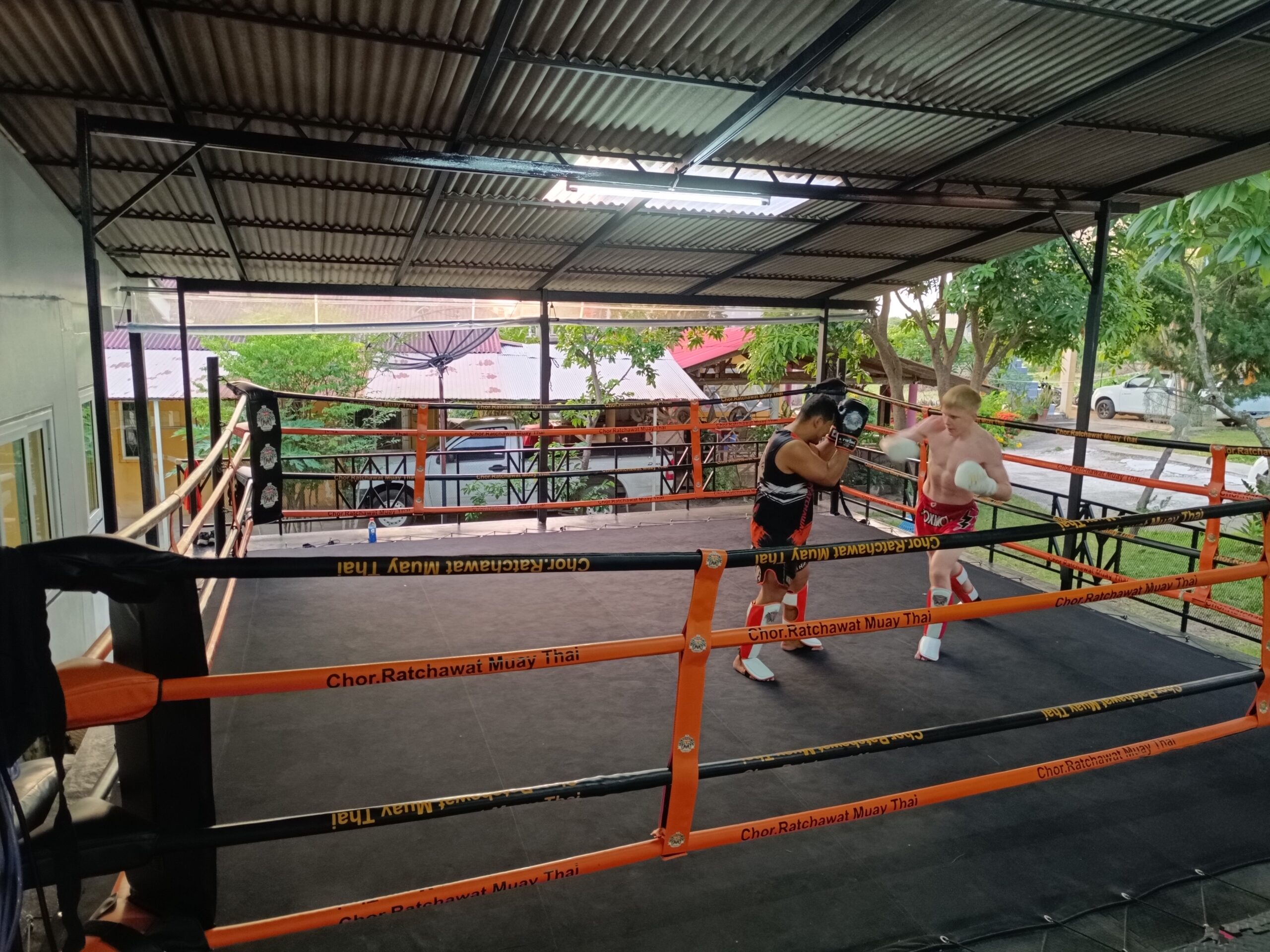
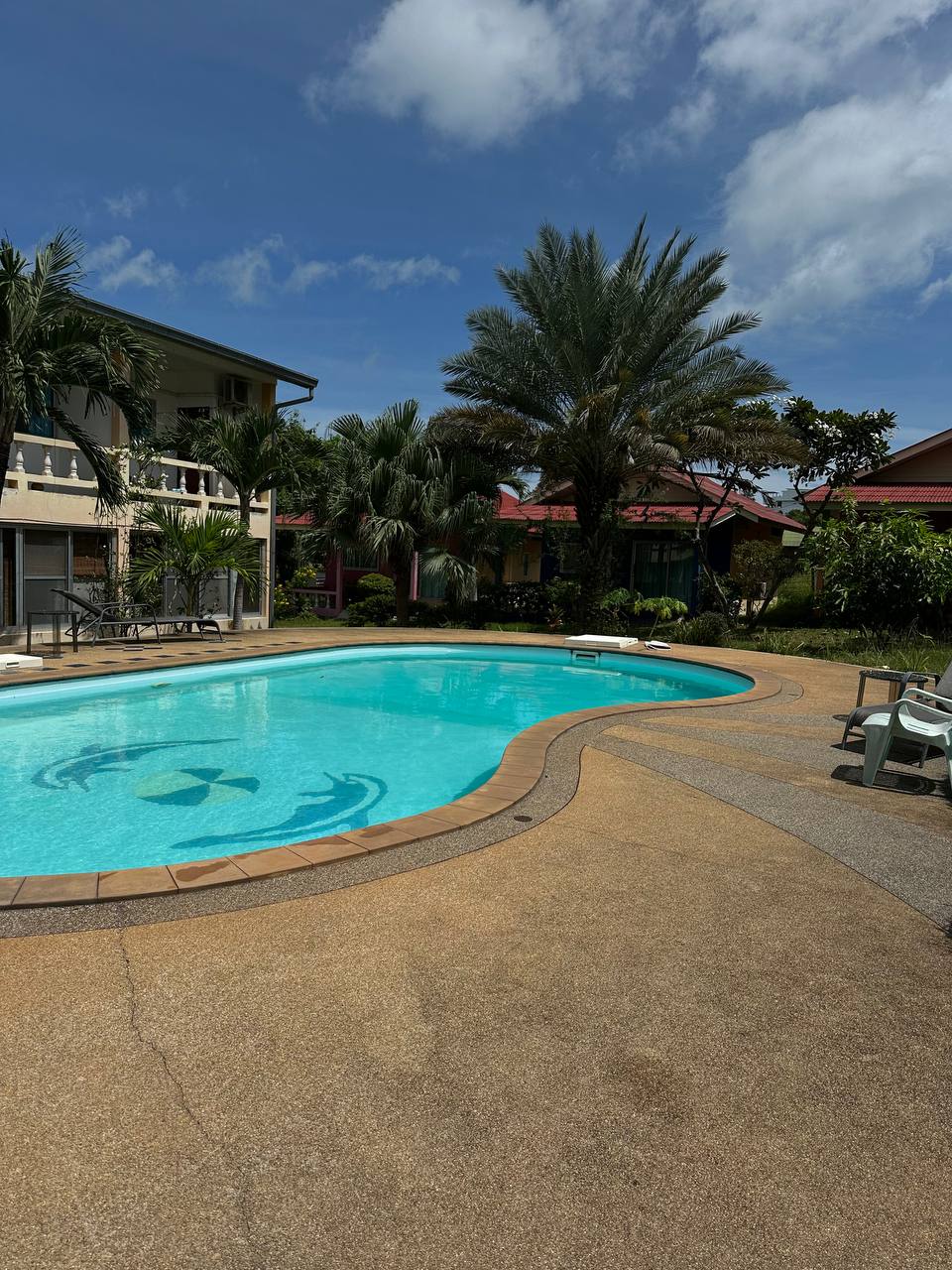
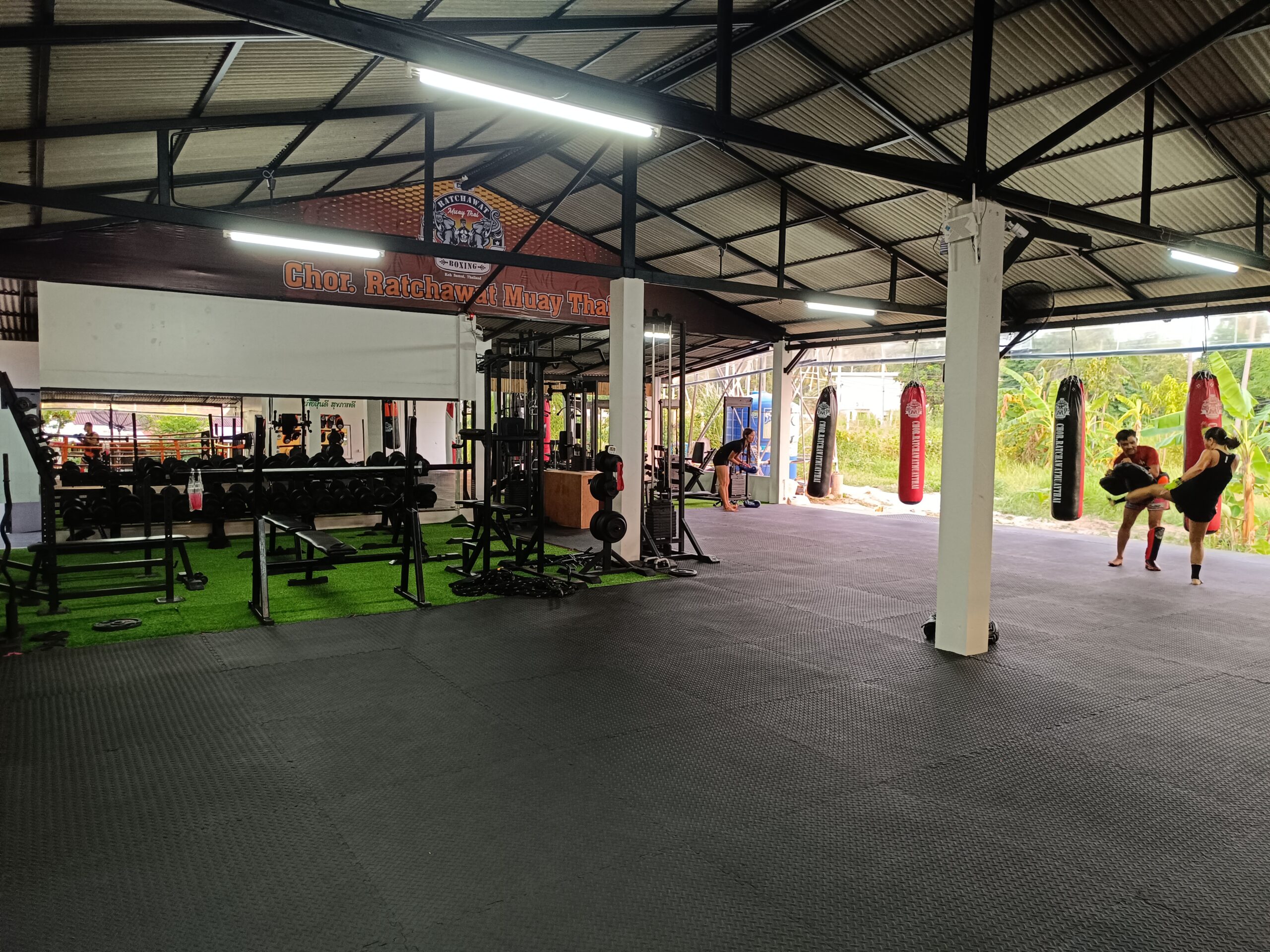
why choose fight & travel
We offers one of the best tour packages
If you are interested in Muay Thai focused sports trips around the world, you are welcome.
Our company offers packages including Muay Thai training with qualified local instructors, accommodation, means of transport, friendly competitions, cultural visits and other leisure activities. Programs may vary depending on the level of Muay Thai experience, age and personal goals of each participant.
It is important to choose a sports travel company that offers high quality Muay Thai programs, with qualified instructors and safe facilities adapted to the needs of the participants. It’s also important to understand costs, booking and cancellation policies, and safety measures to ensure you’re well-informed and can enjoy your sports trip safely and with peace of mind.




